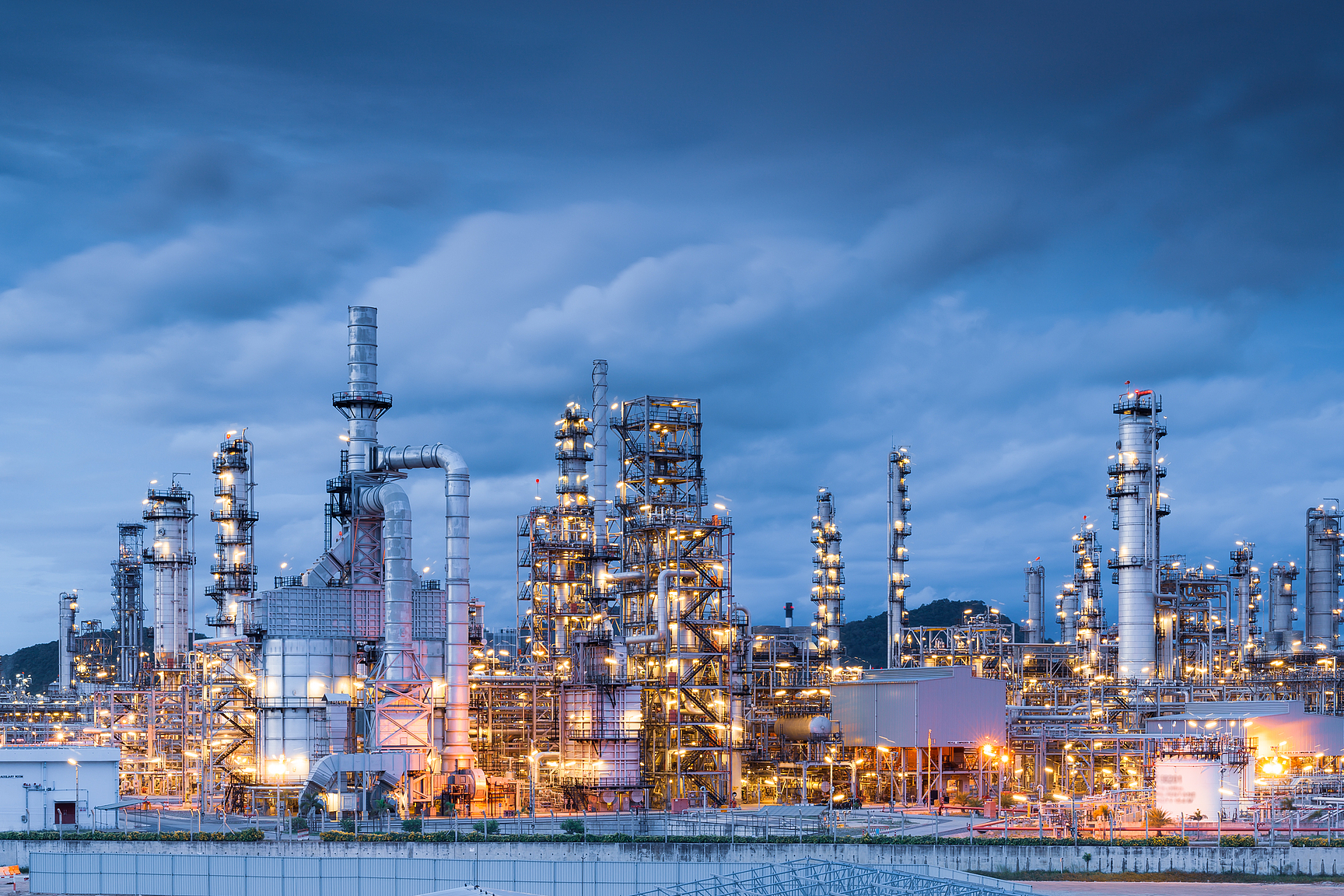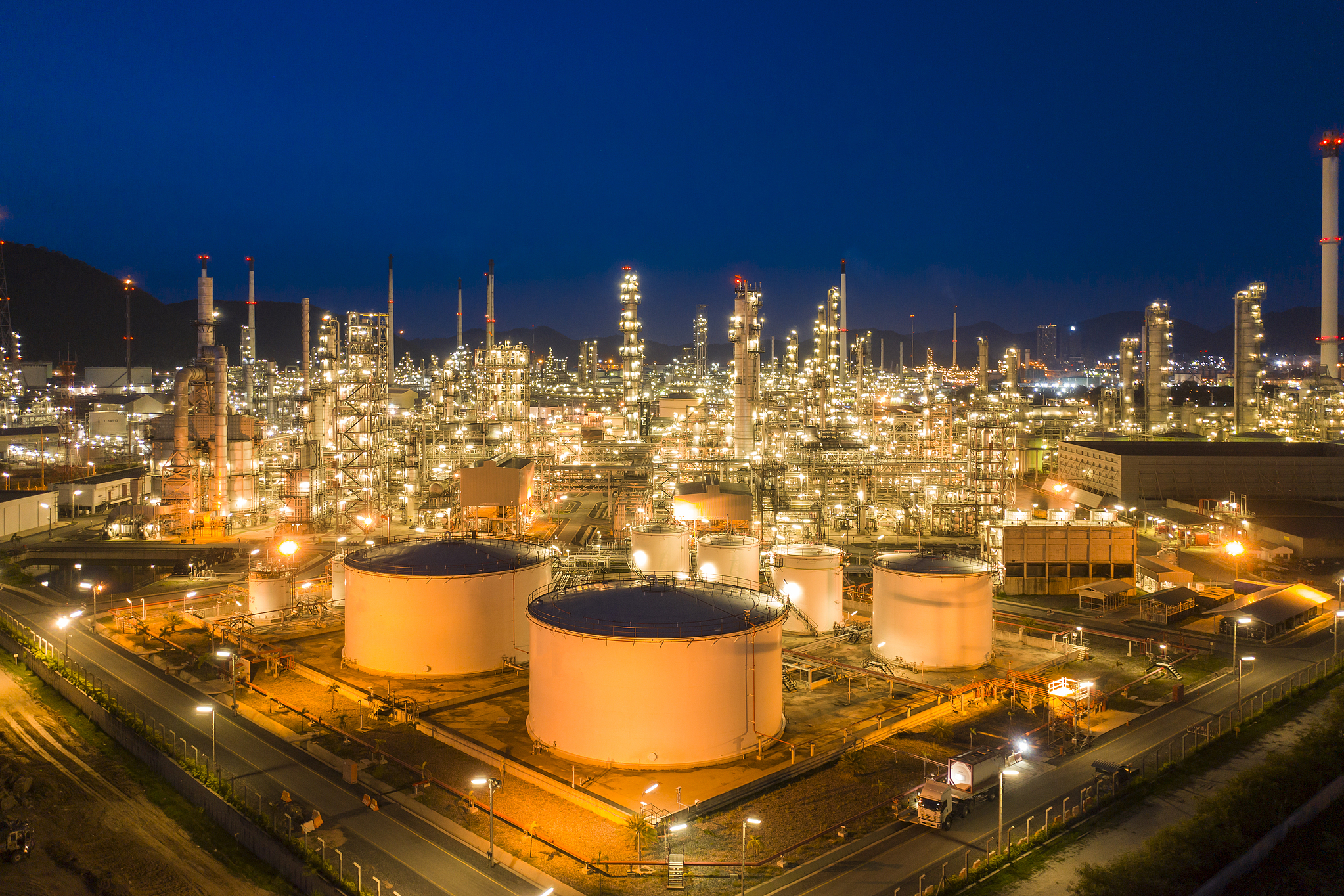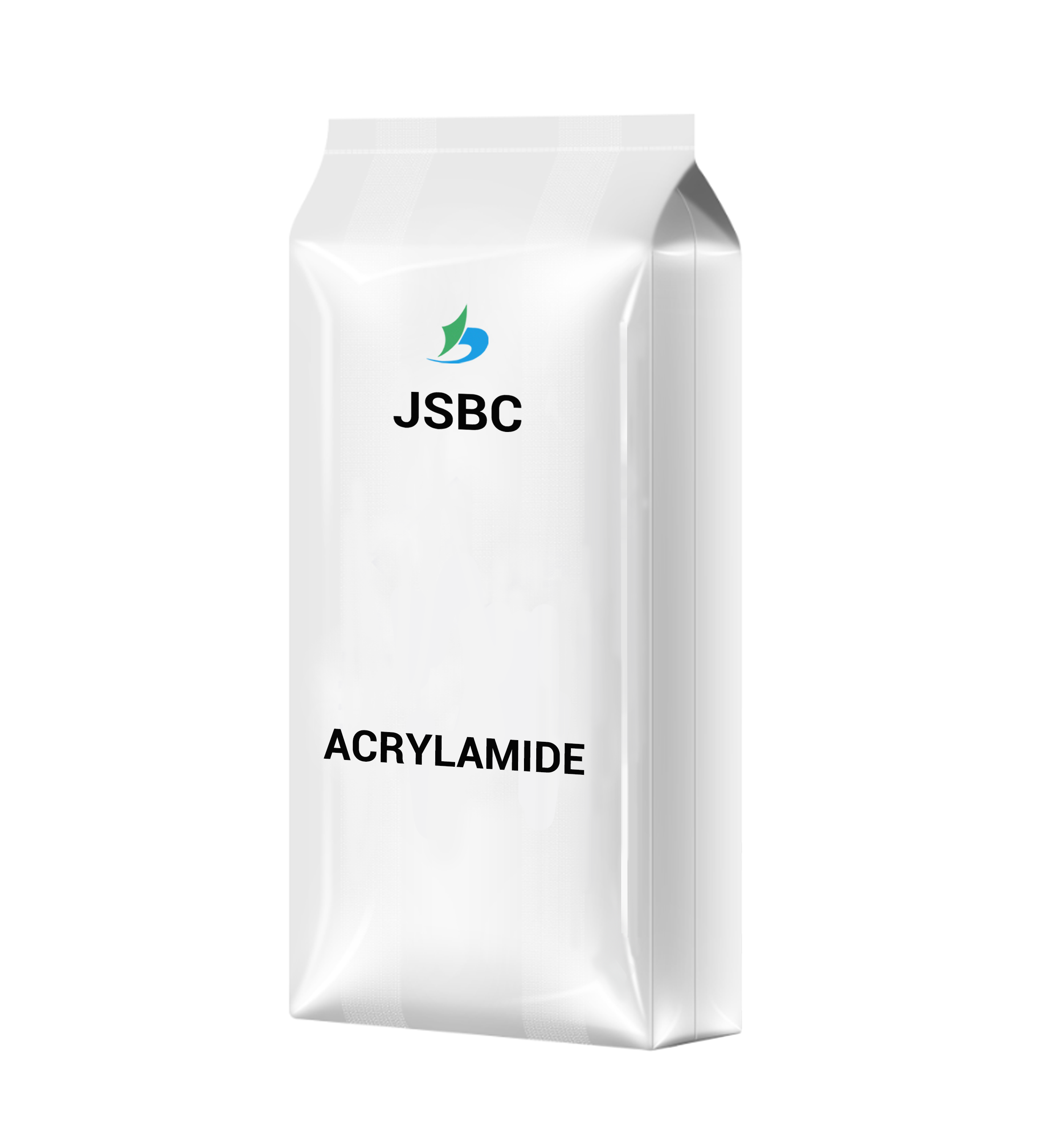ACRYLAMIDE
CAS:79-06-1
Acrylamide (chemical name: Acrylamide, English name: acrylamide, referred to as AM) is an important organic chemical raw material
- Overview
- Recommended Products
- Appearance: White or light yellow crystal, odorless.
- Melting point: 84-86℃.
- Boiling point: 125 ° C (3.3kPa).
- Density: 1.122 g/cm³
- Solubility parameters:soluble in water, ethanol, ether, acetone, insoluble in benzene, hexane.
- Flash point: 138℃.
- Refractive index: 1.433.
- Functional group: contains amide groups and double bonds.
- Reactivity: It is easy to hydrolyze under the action of acid or base catalyst to generate acrylate and acrylic acid respectively. Double bonds can undergo addition reactions and polymerization reactions.
- Stability: stable at room temperature, but suddenly polymerizes when molten. It is easy to polymerize and release heat when it is irradiated by ultraviolet light or reaches the melting temperature.
- Advanced materials:
- Polyacrylamide hydrogels: Contact lenses, wound dressings
- Electrophoresis gels: DNA/RNA separation media
- Environmental engineering:
- Anionic PAM: Soil stabilization in erosion control
- Cationic PAM: Sludge dewatering in WWTPs
- Enhanced oil recovery:
- Viscosity modifier for water flooding
- Crosslinker for conformance control
- Biotechnology:
- Protein crystallization additive
- Chromatography stationary phase
- Electronics:
- Photoresist component for lithography
- Binder for battery electrodes
ACRYLAMIDE
Acrylamide (C₃H₅NO) is a versatile vinyl monomer extensively used in polymer chemistry. This crystalline compound combines amide functionality with α,β-unsaturated carbonyl reactivity.















